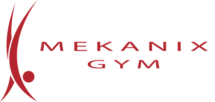How to Get More Gains From Your Workout Without One Extra Rep, Movement, or Drop of Sweat
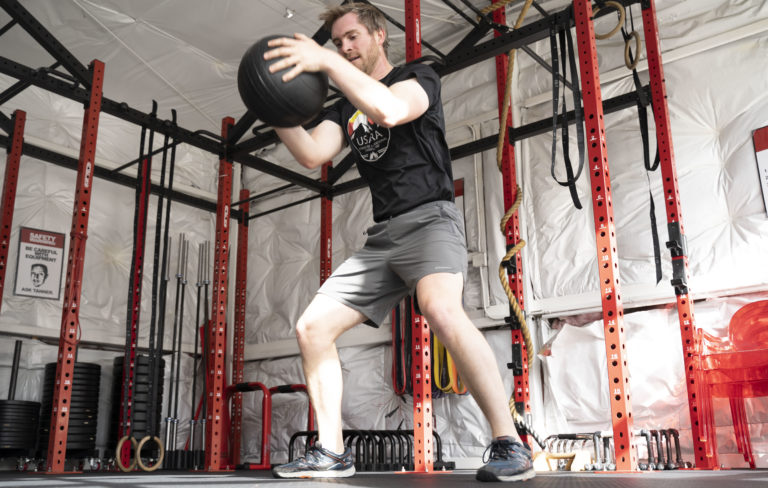
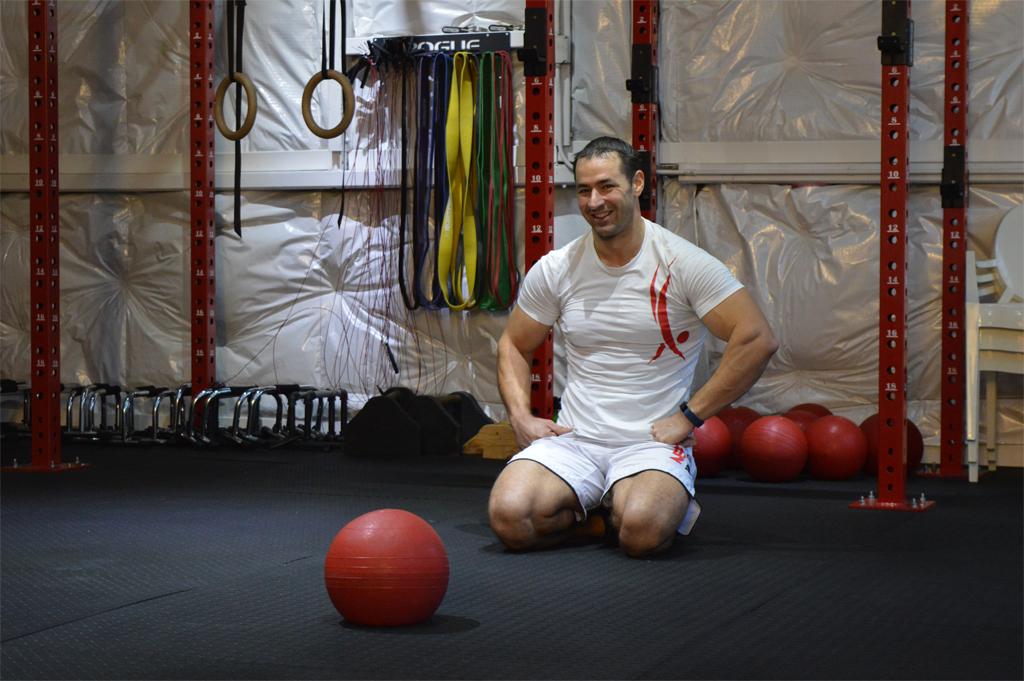
Are you one of the many people who think you get bigger, stronger, faster, and fitter just from exercising? If you are, you probably also believe the harder and more frequently you train, the greater and faster your results.
This thinking is logical. It makes sense from a certain perspective.
It’s also not the whole truth.
So we’re going to explore the hidden side to getting stronger and fitter here so you can come away with some easy, practical steps you can integrate right into your existing workout in just a few minutes.
The Great Workout Secret: Exercise isn’t what you think it is

When we get down to it, exercise is a destructive activity, not constructive. When you train hard, your muscles and connective tissues actually suffer micro-tears, and go through a breaking-down process. This acts as a stimulus, a signal to your body that you need more strength in that muscle group to adaptively respond to life.
Strength comes in the hours and days AFTER a workout. This is when your body repairs itself and upgrades its capacity so it can handle ever-greater physical stress.
So if you want to squeeze the greatest benefits from every workout, it is critical to maximize the effectiveness of your recovery system, not just your workout methods.
Of course, there’s no one-size-fits-all timetable or technique here. Recuperating from intense exercise involves many biochemical and physiological mechanisms – and depends on variables like age, and fitness level, as well as the type and intensity of your workout.
There’s a lot to consider.
So here’s an easy breakdown of the most important factors you need to consider to cut down on the damage AND speed up your rate of recovery and strength gains:
Eating for Muscle Growth and Recovery
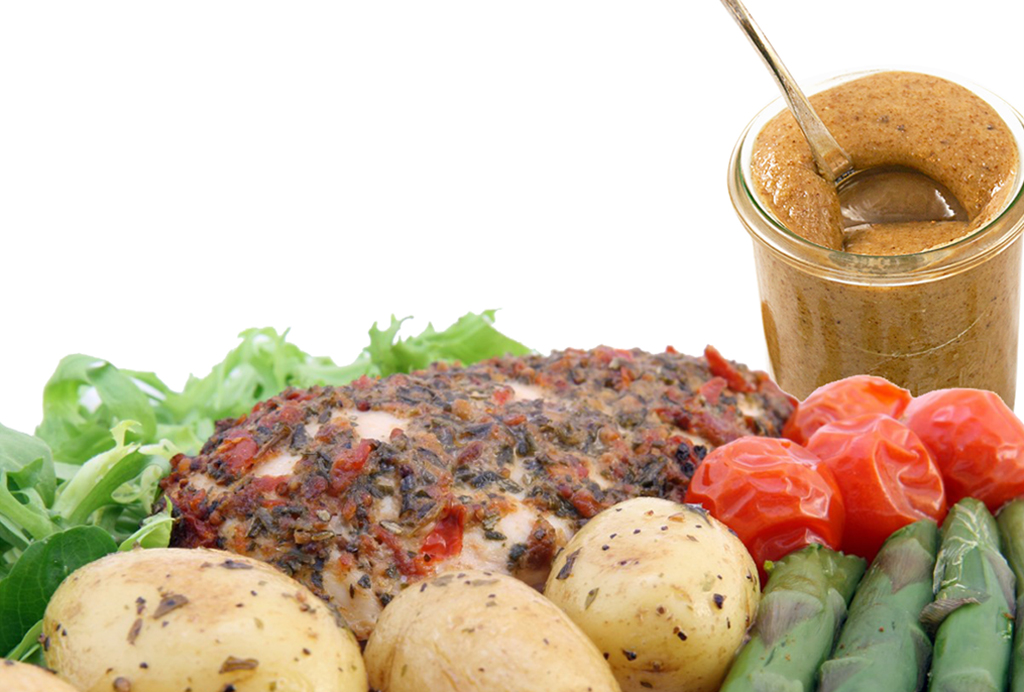
You probably already know that what you eat (and drink!) after your workout makes a huge difference to how well, and how quickly, you recover. This is the basis for the billion dollar industry of post-workout protein shakes.
But most people don’t consider what they eat BEFORE exercising.
It takes around 6-8 hours to digest a meal, depending on what you eat. Digestions is a very energy-intensive process and definitely affects your workout. However, it’s not just the energy.
It’s also raw material.
What you consume in the hours leading up to your workout is what your body uses in the first hours AFTER.
That’s why you want to consume lean, high-quality protein AND some complex carbs two hours or so before any intense exercise. It gives you the proper mix of fuel for fastest recovery.
Naturally, all your body’s functions require a ready and steady supply of micronutrients to draw on. However, when you exercise, your metabolism kicks into high gear and you have an even greater need for all those vitamins, minerals, hormones, that fuel your metabolic machinery.
And post workout, your body becomes deeply engaged in energy- and water-intensive muscle-building process.
Every athlete knows it is important to hydrate and get enough essential minerals. Specifically, your body requires large amounts of zinc, magnesium, calcium, sodium, and potassium, so be sure your diet or supplement regime covers these nutritional bases. It’s simple, but numerous studies show water and minerals can make a tremendous difference in your performance. [1,2]
Protein also, of course, plays a HUGE part in your workout recovery. After all, that’s what your muscles are mostly made of. One 1991 research paper by Lemon and Procor showed that exercise may increase protein requirements up to 100%! In order to make the most of your workout, it’s important that you have an abundant supply of usable protein in your system. [3,4]
As a general rule, you need 1.5 to 2 grams of complete protein per kilogram of bodyweight, every day. (So if you weigh 150 pounds – about 68 kg – you should shoot for an intake of around 102 to 136 grams of protein throughout the day, depending on how hard you’re hitting those workouts.) The most critical time is the first few hours after exercise, so be sure to get a good whack of protein (20-30 grams) a couple hours BEFORE your workout, and then again shortly after.
Research also suggests a light protein-rich snack right before slipping off to sleep, too – because your muscles are rebuilding while you sleep. [5]
The Most Overlooked Piece of EVERY Workout
Stretching is probably the most overlooked influence on both muscle growth and recovery.
One deep review of the science of stretching by Dr. Phil Page explains that stretching after your workout helps slow down residual firing of muscle fibers and open up blood vessels, allowing for more efficient delivery of healing nutrients This all adds up to faster recuperation.
But equally important, stretching keeps you flexible so that – for example – when you’re going deep in a set of lunges during your NEXT session, you’re far less likely to suffer those small muscle tears that require longer recovery time. Or, more importantly, the bigger and more painful tears that can leave you sidelined for months. Injuries hurt your progress more than anything else. [6]
So be sure you schedule-in a good 20-minute cool-down and stretch period after EVERY workout! Build it into your system so that it’s automatic. It’ll take time to build the habit, but it’ll pay you back a thousand times over once it’s a part of your flow.
In fact, we’ve prepared a special checklist that guides you through a number of gentle stretches and other easy recovery strategies. Get The Mekanix Max Recovery Guide here. )
Master Your Hormones With Inaction

You KNOW you should be getting more sleep … but it just seems the evening hours rush by too quickly, and before you realize, it’s already past midnight. Or maybe you get to BED early enough … and then lie there for another hour or two, unable to get to SLEEP.
Well, it’s definitely worth the effort to GET that sleep – 7 to 8 hours should do for most of us – because that’s the time when the bulk of your recovery takes place. Research by Watson shows sleep quality is directly correlated with increased athletic performance. Another paper by Copenhaver reiterated these findings, adding that sleep also correlated with lower rates of injury [7,8].
Sure, a night here or there with insufficient or interrupted sleep won’t make much difference. But a chronic lack can wreak havoc with your hormones – especially those that control stress response, muscle recovery, and mood. One of the worst effects of sleep deprivation, from a hormonal perspective, is an increase in levels of the stress hormone cortisol. [9,10]
Cortisol is a major cause of destructive inflammation, all kinds of chronic diseases (everything from arthritis to Alzheimer’s to irritable bowel syndrome), and generally poor performance.
You do not want high levels of cortisol. Get your rest so you can be your best.
How Massage Makes You Stronger
Because a lot of the stiffness and soreness you suffer from after heavy exercise is the result of your muscles and fascia becoming “knotted,” which is essentially a state of ongoing contraction. It’s like you flexed a muscle and it just won’t let go.
Massage can be a tremendous way to work those kinks out. According to research published in the Strength and Conditioning Journal, massage can flush out lactic acid, and promote increased bloodflow, rich with oxygen and nutrients [11,12]. But you don’t have to hire a masseuse to enjoy the benefits of a good rub-down!
There are plenty of ways to give yourself an effective myofacial massage, including the use of foam or semi-rigid rollers. This is a topic that really deserves more explanation that we have room for here, so be sure to grab our exclusive guide to pre- and post-workout recovery tactics.
The Crazy Finns Were On To Something: The Benefits of Temperature Contrast Therapy
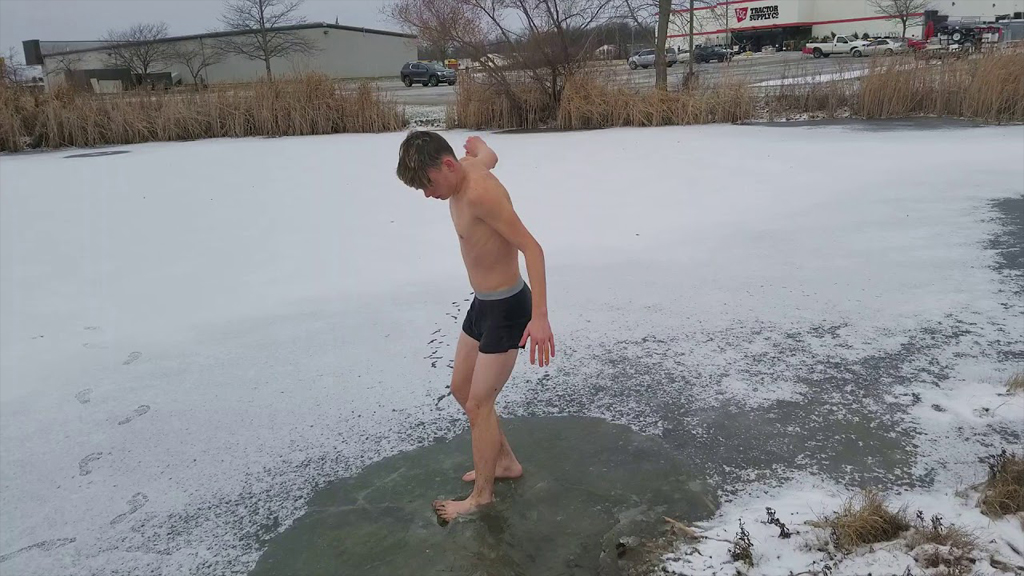
The latest scientific research points to a novel and somewhat unorthodox recovery method.
Taking a page from the Finnish practice of alternating sauna with a plunge into a freezing lake, one of the most powerful ways to enhance your recovery is to take a full-body plunge into ice cold water, followed immediately by a sauna.
You repeat this cycle a few more times (three of each is a good target) and finish with a final cold soak. Dr. Rhonda Patrick is one of the foremost authorities on this type of therapy, and in one mind-blowing paper details how cold exposure reduces inflammation, increases dopamine and serotonin levels, strengthens synapses, promotes weight loss, increases mitochondria proliferation (the metabolism engines that make all your energy!), among another dozen or so incredible benefits.
It also causes contraction of muscular blood vessels [13]. When alternated with a sauna, the hot forces them wide open – basically creating a “pump” in all your skeletal muscles, that helps flush toxins out, and nutrients in. (check out this video of Dr. Rhonda Patrick with Joe Rogan)
It’s like a thermal massage!
Granted, this therapy isn’t available at most fitness facilities … but we’re so excited about it that we’ve decided to make it available right here at Mekanix Calisthenics Gym. We’ve been tdoing some experiments with it this year and will be rolling it out soon. Watch for a big announcementsometime soon!!
Active Recovery: What to Do Right After a Workout to Recover Faster and Get Stronger
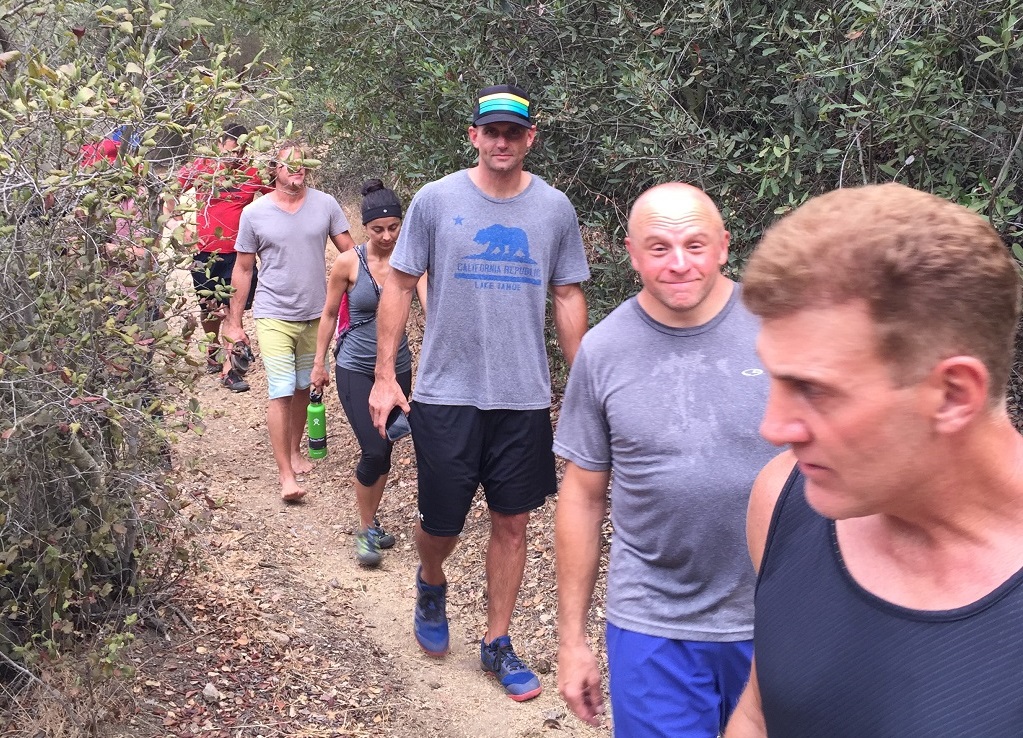
Ever enjoyed a nice walk outdoors, maybe with a buddy or your furry friend? It may be low key, but it’s a great way to keep your body moving and get benefits at the same time.
Nature walks are just one form of what is called “active recovery,” and it is a hotbed of modern cutting edge strength and conditioning research. It is proven to be an extremely effective method of reducing post-workout soreness and the minimizing the loss of strength that can come in the days after intense strength training.
Nature walks are just one example. It could be as simple as a light jog, or even a playing in the pool. The point is that you do something to keep your blood flowing and your muscles moving. Stimulating blood flow is the goal here.
For anyone interested in making fast progress in their training, this is an incredibly valuable addition to your training protocol.
One study by Lucertini found that low intensity, low-impact exercise eliminates lactic acid build-up [14]. This means your body is ready to train again much more quickly. The faster your recovery, the more you can train, and the faster your strength gains.
We’ve included our favorite active recovery exercises you can do right at home or in the park, or wherever you like to train in the Mekanix Max Recovery Guide in an easy-to-follow checklist form so you get the maximum benefit from every workout.
You can grab a copy of the guide here.
Grab a copy of our guide to pre- and post-workout recovery techniques, in easy-to-follow checklist form
Final Thoughts
If you’ve ever used the excuse “But I don’t have TIME for all that stretching and recuperation stuff – I barely have time for my workouts!” … hopefully you won’t use it any more. Because the time you take now to stretch, relax, and attend to “all that recuperation stuff” means you’ll be able to KEEP ON training and gaining, free from injury and pain, for many years to come.
Do you have any secret recovery tips you swear by? I’d love to hear them!
One thing we’ve found helps so many of our clients here at Mekanix is having a fixed recovery “routine” they can follow, just like their exercise routines. Once it becomes a habit, it’s automatic. It just happens, like brushing your teeth.
Trouble is, most folks really don’t know how what they should put include, or what to do when.
So we polled our trainers, and crafted the ultimate guide to safe, quick recovery from those “destructive workouts”. We call it The Mekanix Max Recovery Guide (naturally) and it’s chock-full of stretches, gentle cool-down exercises, tips on what to eat before AND after your workout … and a whole whack of other tips to maximize your recovery rate! (It’s also FREE.)
Download YOUR copy today, right here.
References
1. http://www.gssiweb.org/en/sports-science-exchange/Article/sse-92-dietary-water-and-sodium-requirements-for-active-adults
2. https://journals.lww.com/acsm-msse/Fulltext/2007/02000/Exercise_and_Fluid_Replacement.22.aspx
3. https://www.ncbi.nlm.nih.gov/pubmed/9841962
4. https://www.ncbi.nlm.nih.gov/pubmed/1763249
5. http://www.gssiweb.org/en/sports-science-exchange/Article/sse-117-protein-ingestion-prior-to-sleep-potential-for-optimizing-post-exercise-recovery
6. https://www.ncbi.nlm.nih.gov/pmc/articles/PMC3273886/
7. https://www.ncbi.nlm.nih.gov/pubmed/29135639
8. https://www.ncbi.nlm.nih.gov/pubmed/28287684
9. https://www.ncbi.nlm.nih.gov/pubmed/29373934
10. https://www.naturalmedicinejournal.com/journal/2010-06/role-cortisol-sleep
11. https://www.ncbi.nlm.nih.gov/pubmed/25226328
12. https://journals.lww.com/nsca-scj/Abstract/2001/08000/Post_Training_Massage__A_Review_for_Strength_and.18.aspx
13. https://www.athletespotential.com/uploads/2/4/7/3/24730224/cold-stress.pdf
14. https://www.ncbi.nlm.nih.gov/pubmed/28877225
